- Home
- About
- Hospitals
-
Treatments
- Orthopedic & Spine
- Knee Replacement
- Carpal Tunnel Release
- Rotator Cuff Repair
- Meniscus Repair / Meniscectomy
- Total Hip Replacement (THR)
- Total Shoulder Replacement
- Arthroscopy
- Ligament Reconstruction
- Spinal Fusion
- Discectomy
- Laminectomy
- Spinal Decompression
- Vertebroplasty and Kyphoplasty
- Fracture Repair
- ACL Reconstruction
- Tendon Repair
- Osteotomy
- Amputation
- Pediatric and Adult Cardiac
- Neuroscience
- Oncology
- Nephrology & KTP
- Gastroenterology & Hepatobiliary
- Obstetrics and Gynaecology
- Infertility
- Dental & Maxillofacial
- Plastic & Cosmetic Surgery
- Rhinoplasty
- Blepharoplasty (Eyelid Surgery)
- Facelift (Rhytidectomy)
- Breast Augmentation (Mammoplasty)
- Breast Reduction (Mammoplasty)
- Breast Lift (Mastopexy)
- Liposuction
- Abdominoplasty (Tummy Tuck)
- Brazilian Butt Lift (BBL)
- Lip Augmentation
- Breast Reconstruction
- Cleft Lip and Palate Repair
- Scar Revision
- Burn Reconstruction
- Botox Injection
- Ophthalmology
- Otolaryngology (ENT)
- Endocrinology
- General and Minimal Invasive Surgery
- Pulmonology
- Rheumatology
- Urology
- General Medicine
- Ayurvedic Treatment
- Orthopedic & Spine
- Doctors
- Contact Us
Transurethral Resection of the Prostate (TURP)
Transurethral Resection of the Prostate (TURP) is a surgical procedure commonly used to treat a medical
condition known as Benign Prostatic Hyperplasia (BPH). BPH is a non-cancerous
enlargement of the prostate gland that can lead to urinary problems in older
men. TURP is one of the most effective treatments for relieving the symptoms
associated with BPH.
Procedure: TURP is performed under anesthesia, and it
is considered a minimally invasive surgery. It does not require any external
incisions. Instead, a cystoscope is inserted through the urethra into the
prostate gland. A resectoscope, which is a specialized instrument, is then used
to remove excess prostate tissue that is obstructing the urethra and causing
urinary symptoms.
Purpose: The primary goal of TURP is to relieve
urinary symptoms associated with BPH, which can include difficulty starting or
stopping urination, weak urinary stream, frequent urination, and the feeling of
incomplete bladder emptying. By removing the excess prostate tissue, TURP
widens the urethra, allowing for improved urine flow.
Benefits:
- Effective symptom relief: TURP is highly effective at improving urinary symptoms associated with BPH.
- Minimal scarring: Since it is performed through the urethra, there are no external incisions, resulting in minimal scarring.
- Short hospital stays: Patients usually spend only one or two days in the hospital.
Risks and Complications:
- Erectile dysfunction: While rare, TURP can lead to erectile dysfunction.
- Retrograde ejaculation: This occurs when semen travels backward into the bladder instead of coming out through the penis during ejaculation. It is a common side effect of TURP.
- Bleeding: There may be temporary bleeding after the procedure, but this is usually manageable.
- Infection: As with any surgical procedure, there is a risk of infection.
- Urinary incontinence: Some men may experience temporary urinary
incontinence after TURP.
Recovery: Most patients experience a significant
improvement in their urinary symptoms within a few weeks after the procedure.
Complete recovery can take several weeks, during which time you should follow
your urologist's recommendations for post-operative care.
TURP is considered a safe and effective treatment for BPH, but it's
important for patients to discuss the potential risks and benefits with their
urologist before proceeding with the procedure. Alternative treatment options
for BPH are available, and the choice of treatment should be based on the
patient's specific condition and preferences.
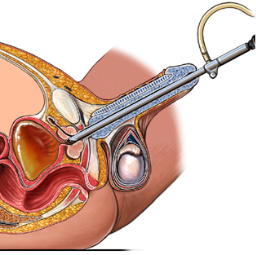


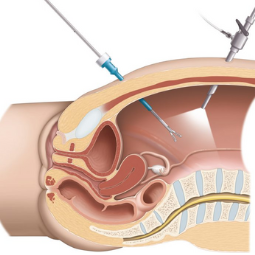
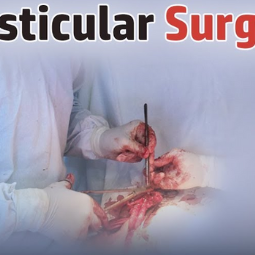
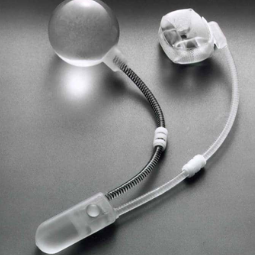
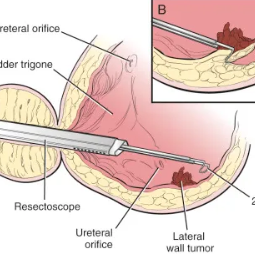
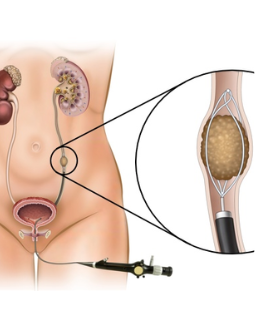
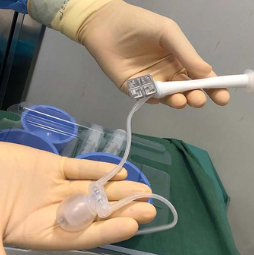
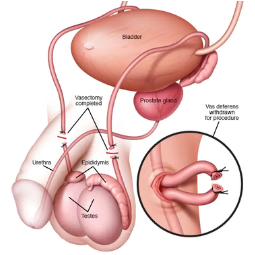
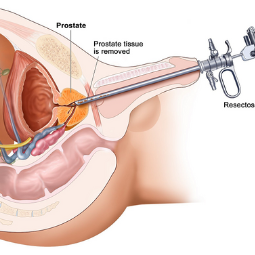
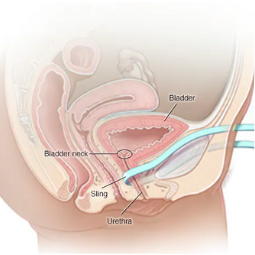
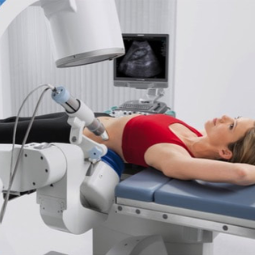
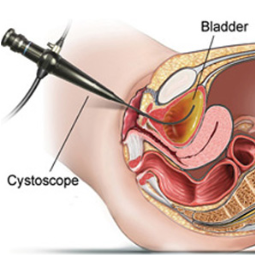
.png)